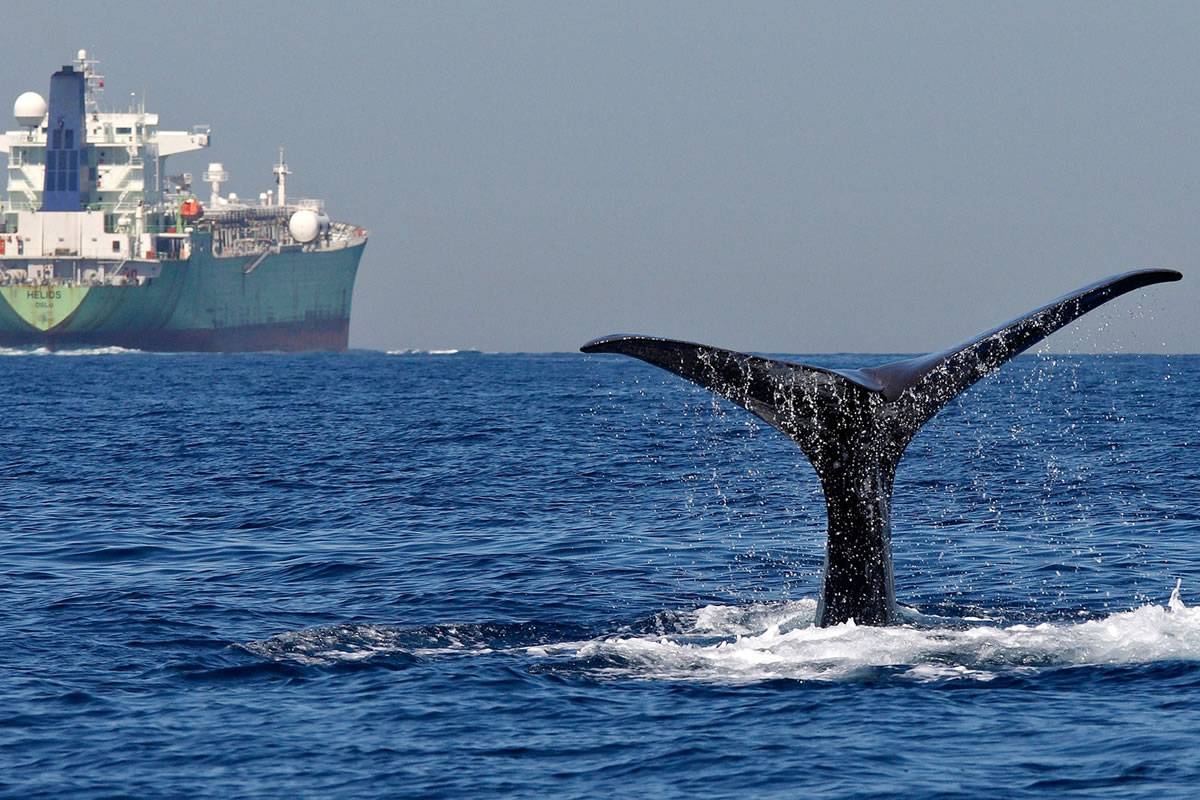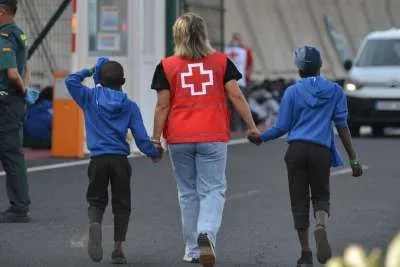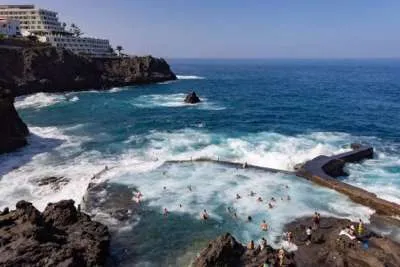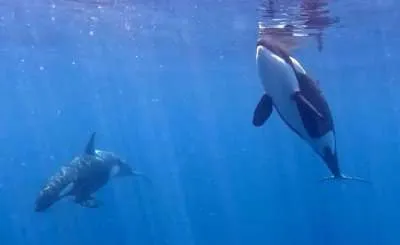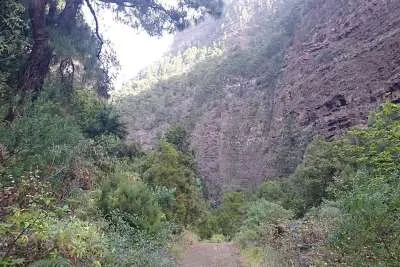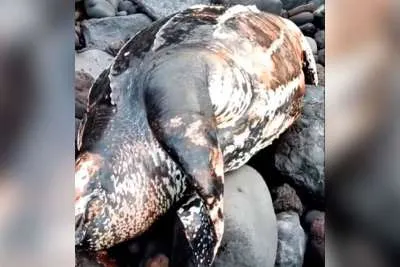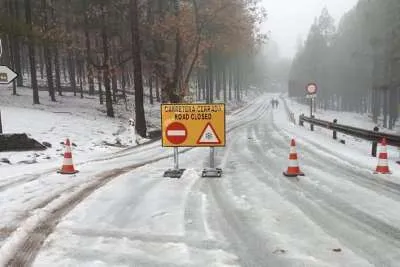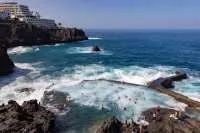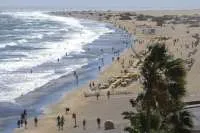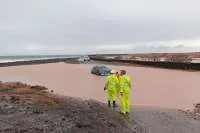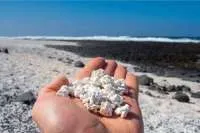ULPGC developing interactive map to prevent ship collisions with cetaceans
- 01-02-2025
- National
- Canarian Weekly
- Photo Credit: Hakai
The University of Las Palmas de Gran Canaria (ULPGC) is working on the development of an interactive mapping tool designed to generate risk maps to prevent ships colliding with cetaceans. Given that these marine animals rarely survive such collisions, the university says that avoiding them is a crucial step in preserving and protecting our ecosystems.
This initiative is part of the Atlantic Whale Deal, a European project under the Interreg Atlantic programme, which involves other research institutions in the Canary Islands, such as the University of La Laguna (ULL) and the Canary Islands Oceanic Platform (PLOCAN), as well as institutions from Portugal, France, and Ireland.
The project aims to assess various cetacean detection technologies, including hydrophones, thermal cameras, and satellite monitoring. The Canary Islands have been designated as a pilot testing area, the ULPGC announced in a statement yesterday (Friday).
The total budget for the project stands at €3.5 million, with approximately €308,000 allocated to ULPGC. The university has assigned seven researchers to the initiative, six from the Institute of Animal Health and Food Safety (IUSA) and one from the Institute of Oceanography and Global Change (IOCAG). The project is scheduled for completion in 2026.
The primary objective of ULPGC’s participation is to develop an interactive mapping tool to assess collision risks and prevent ship strikes on cetaceans. This effort will contribute to the conservation of these marine species in Canarian waters.
Cetaceans play a significant role in marine biodiversity by fostering the proliferation of phytoplankton, a vital organism that absorbs up to 50% of atmospheric carbon dioxide and generates an equivalent amount of oxygen, as such, their presence is crucial in mitigating climate change.
As part of the project, IUSA is leveraging its expertise to improve the accuracy of post-mortem interval estimates for cetaceans stranded along the Canary Islands’ coasts. By refining these estimates, researchers can apply reverse trajectory simulation models to identify the areas where collisions may have occurred.
The university highlighted that avoiding ship strikes is an essential aspect of "preserving the ecosystems created by these animals, such as sperm whales." The growing maritime traffic and increasing speed of vessels pose a significant threat to cetaceans, which frequently do not survive such impacts.
According to research, only 8% of whale habitats remain free from the risk of fatal ship collisions. The Atlantic Whale Deal project involves 12 scientific institutions, both public and private, as well as the collaboration of two shipping companies. Governments, institutions, and maritime operators are expected to benefit from the development of this new risk assessment tool.
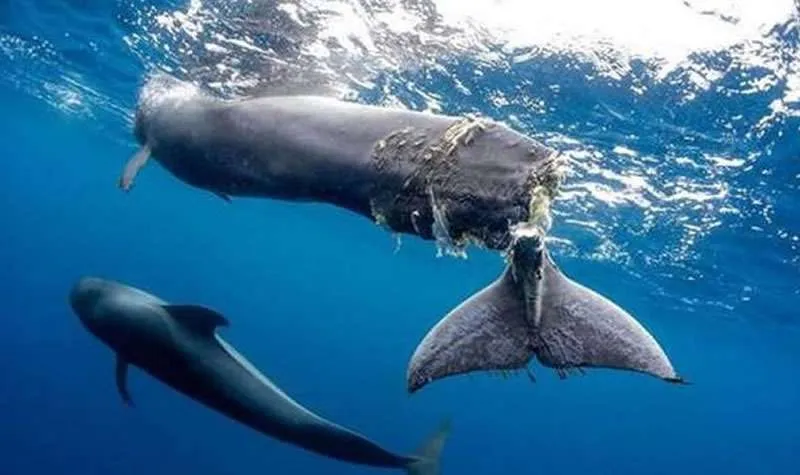
Other articles that may interest you...
Trending
Most Read Articles

Featured Videos
A Vision of Elvis Tenerife Promo
- 10-05-2025
TEAs 2025 Highlights
- 17-11-2025


